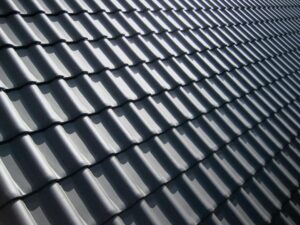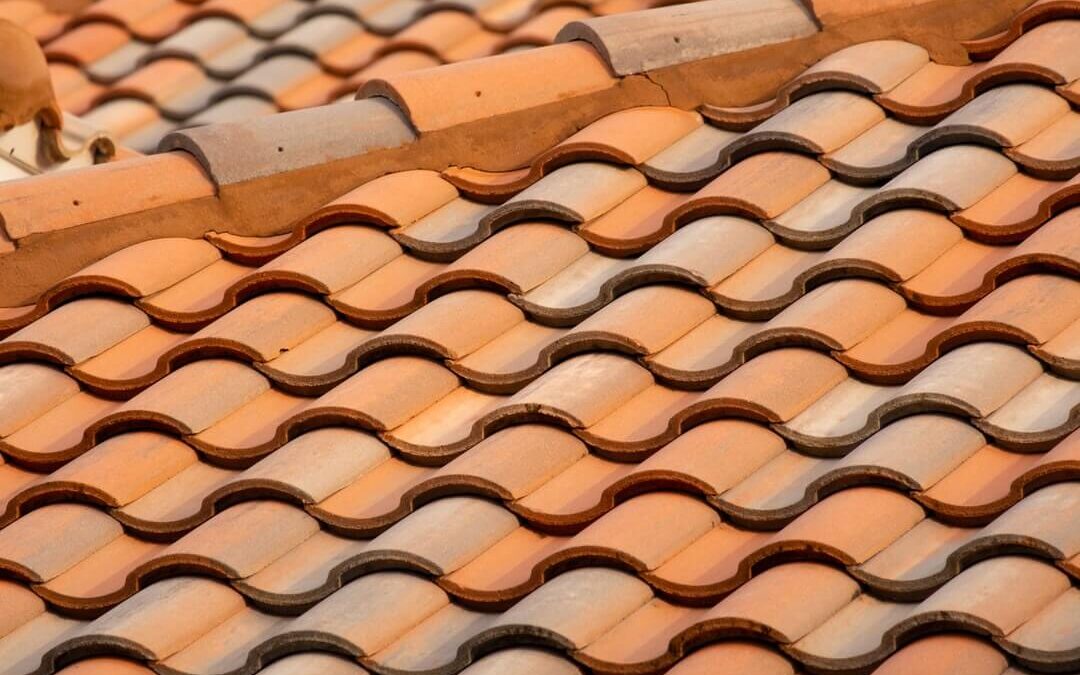Roofers are workers who install, repair, and maintain roofs. They are responsible for a wide range of tasks, from installing new roofs to fixing broken tiles.
What Does a Roofer Do?
A roofer installs and repairs roofs on both residential and commercial buildings. They work with a variety of materials, including metal, shingles, and tiles, to create a weather-tight seal. Roofers must be able to work in all weather conditions, and often work at high altitudes. They must also be able to navigate steep roofs and uneven surfaces.
What are the Duties of a Roofer?
A roofer is responsible for the installation and repair of roofs. They must be able to work in all weather conditions, and have a knowledge of roofing materials and techniques. Roofers must be able to work safely on ladders, and be able to lift heavy objects.
What is the Job Description of a Roofer?
A roofer is a professional who installs, repairs, and maintains roofs. They work on both residential and commercial properties. Roofers must be able to work in all weather conditions, and must be able to climb ladders and roofs. They must also be able to identify and repair roof leaks.
What Skills Do Roofers Need?
 A roofer typically needs to have a high school diploma or equivalent. They also need to have good physical stamina, as they may need to climb up ladders or roofs for extended periods of time. Roofers also need to be able to work in all weather conditions, as they may be required to work outdoors in all types of weather. They also need to have good hand-eye coordination, as they will need to be able to measure and cut materials accurately.
A roofer typically needs to have a high school diploma or equivalent. They also need to have good physical stamina, as they may need to climb up ladders or roofs for extended periods of time. Roofers also need to be able to work in all weather conditions, as they may be required to work outdoors in all types of weather. They also need to have good hand-eye coordination, as they will need to be able to measure and cut materials accurately.
How to Become a Roofer?
There is no one-size-fits-all answer to this question, as the best way to become a roofer may vary depending on your qualifications and experience. However, some tips on how to become a roofer include studying for an apprenticeship, getting experience in the field, and becoming certified.
Types of Roofing Work Roofers Do
Roof replacement
Roof replacement is the process of removing an old roof and installing a new roof. Roof replacement is typically necessary when an old roof is no longer functional or when the roof is damaged beyond repair. There are many factors that go into deciding whether or not to replace a roof, including the age of the roof, the condition of the roof, and the cost of replacement.
Roof repairs
Roof repairs are necessary to maintain the structural integrity of your home and protect your family and belongings from the elements. A roof that is in need of repairs may have missing or damaged shingles, flashing, or tiles. The roof may also be leaking or have water damage. If you suspect that your roof needs repairs, have a professional inspect it as soon as possible.
Roof inspections
A roof inspection is the process of visually inspecting a roof for damage and other potential problems. The inspector will typically look for missing or damaged shingles, leaks, and any other damage that could lead to problems in the future.
Roof installations
Roof installations are the process of installing a roof on a building. This can be done using a variety of materials, including metal, asphalt, tile, and slate. The type of roof that is installed will depend on the climate and the style of the building. Roof installations can be a complex process, and it is important to hire a professional to ensure that the job is done correctly.
Roof maintenance
Roof maintenance is the process of keeping your roof in good condition by inspecting it and repairing any damage. It is important to do regular roof maintenance to ensure your roof is in good condition and will last as long as possible.
Different Types of Roofs
- Flat Roof: A flat roof is a roof that is not pitched and has a surface that is relatively level. Flat roofs are common in commercial and industrial buildings. They are also found in homes, particularly in warmer climates.
- Gabled Roof: A gabled roof is a roof with two slopes on either side of a ridge, typically at an angle of about 45 degrees. The slopes are called the “gables.”
- Hip Roof: A hip roof is a roof that slopes down on all four sides. It is different from a gable roof, which only slopes down on two sides.
- Mansard Roof: A mansard roof is a roof with two slopes on each side. The lower slope is very steep and the upper slope is less steep. Mansard roofs are often used on buildings with large windows.
- Pyramid Roof: A pyramid roof is a roof that is shaped like a pyramid. It is made up of triangular shapes that come together to form a pyramid. Pyramid roofs are often used on buildings that are designed to look like pyramids.
- Pitched Roof: A pitched roof is a roof that slopes in one or more directions. This type of roof is common in residential and commercial buildings. A pitched roof typically has two slopes, one on either side of the ridge. The pitch of a roof is measured in inches per foot. A roof with a 12-inch pitch has a slope of 12 inches for every foot of height.
Conclusion
Roofers are responsible for a wide range of tasks, from installing new roofs to fixing broken tiles. They need a variety of skills, including knowledge of roofing materials and the ability to work in difficult conditions. To become a roofer, you can complete an apprenticeship or training program.

